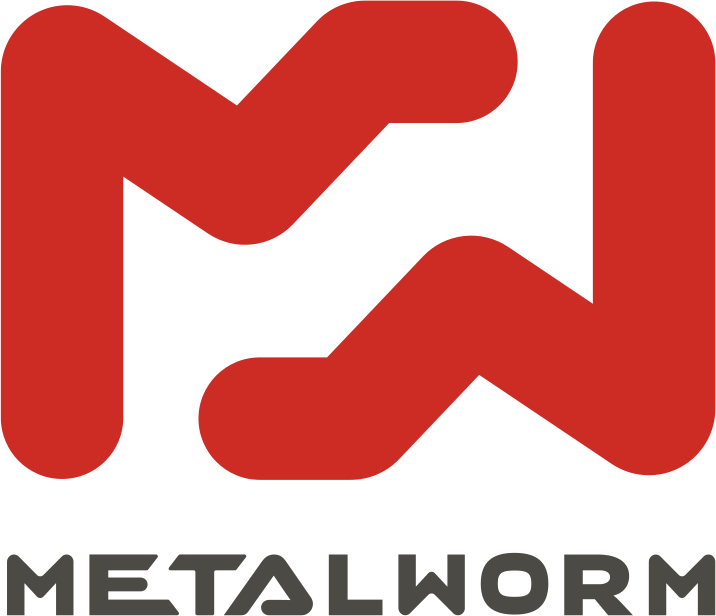
We develop software solutions that make it easy to use the full power of robotic additive manufacturing.
Verify production methodology with simulation
Minimize pre-process preparation time
Check pre-production, consumables requirements and lead time
Perform tool path planning easily and quickly without expertise
Properties of the
MetalWorm Offline
Programme;
Process Calibration

Various process parameters, including wire feed speed, torch travel speed, current, and voltage, can be adjusted to deposit geometries with the given wall width and height while maximizing deposition efficiency.
Process Parameter Library

It possesses a library of WAAM process parameters that can yield suitable mechanical and metallurgical qualities.
Robot & Process Simulation

Execute simulations of part production using robot arms from ABB, Kuka, and Fanuc with resolved external axes kinematics.
External Axis Support

It has interpolation techniques for gantry, slider, and positioner systems in different axes.
Customize Robot
Programs

ABB Rapid, Kuka KRL, Fanuc LS, or G Code can all be used to create bespoke robot programs.
Multi-axis Tool Path Planning

Different tool path techniques, including multi-planar slicing, non-planar, angular, b-spline, radial, conical, and rotational surfaces, can be created.
Tool Path Planning by Region

The part’s performance, weight, and printing capabilities can be enhanced by creating multiple tool path techniques in distinct regions
Tool Path Orientation Adjustment

The tool path orientation can be built and improved based on the part geometry.
Flexible 3D Model Support

Common network-based file formats such as STL, OBJ, 3MF, GLTF, STEP as well as Parasolid are supported.
Mesh Operations

Isotropic and non-isotropic balance, boolean operations, and automatic repair.
Collision Detection

Detecting collisions between static and moving elements while printing.
Process Traceability

It is possible to keep track of and document the entire printing process.
Software




Diagnostic
Data
Collection

Collects sensor and process data in real time and saves them in local database.
Process and
Sensors Data

Uses process and sensor data, such as welding current, welding voltage, wire feed speed, torch travel speed, gas flow rate, temperature, humidity, and oxygen, to perform process-oriented calculations.
Real Time
Graphs

Enhances the process’s traceability with real-time visualizations.
3D Graphs

Provides 3D images both during and after part creation, and uses the data gathered to produce a 3D color map.
Data Export

Collected data can be exported for more in-depth analysis.
Audio and
Visual Alerts

Based on user limits and process parameter deviations, provides both auditory and visual warnings. The log stores all received alerts.
Manufactoring
Report

Provides an interactive report for each manufactured item that includes extensive process data as well as a view of the production quality.
System Errors
and Warnings

Provides system problems and warnings to the operator. On the instrument panel, the pertinent welding robot system problem codes are presented to facilitate quick progress.
Event Log

Records every event that occurs in the system, including errors, warnings, and alarms, in detail.
System
Management

The condition of the cell, the robotic system, and the safety apparatus can be monitored.
Integrated CCTV
Monitoring

Cameras mounted in the robotic system at different angles can be used to monitor the system.
Integrated
ERP/MES

All information is recorded and made available to your business for full traceability by integrating with existing ERP/MES systems.
Control Software
The operation continues automatically after the predetermined temperature setting is reached.
The wire feed and torch travel speed settings are continuously optimized to ensure a steady heat input.
Utilizing sensors such as a 3D camera, profilometer, and interferometer, it evaluates the layer that has been generated during production and modifies the toolpath for the following layer as necessary.
During the procedure, the height difference between the torch and the part is detected by the arc voltage control software, which then permits the robot to operate at the modified height.
Controls the torch travel speed based on melt pool width and temperature distribution.
Machine Vision
Non Stop Production
Without interrupting the robotic system, operators may consistently keep an eye on the material inputs and maintain perfect conditions throughout the process.
1
Melt Pool Geometry
Image processing and machine vision techniques can be used to track the size and shape of the melt pool.
2
Process Monitoring
Videos of welding operations can be archived and examined offline to spot production problems and conduct necessary failure analyses.
3

Real Time Monitoring
Thermal welding Camera allows for real-time viewing of the melt pool, arc, and metal droplet transfer. This provides data on welding defects, spatters, melt pool, and welding bead stability.
4
HDR Camera
With its thermal welding camera capable of 120+ dB HDR in the Short Wave Infrared (SWIR) spectrum, it provides advanced imaging of metal joining processes beyond the visible, using standard thermal or visible light cameras. This thermal camera provides thermal imaging in the range of 350-1800°C.
5
Sensor Fusion and Anomaly
Detection in WAAM Processes
The Ambient Conditions Inside The Cell are Monitored by Various Sensors
Temperature, Humidity Sensor
Vibration Sensor
Gas Sensor
Oxygen Sensor
Process Monitoring Sensors
Welding Current Sensor
Welding Voltage Sensor
Gas Flow Sensor
Microphone
Spectrometer
Interferometric Sensor
Profilometer
Thermal Welding Camera
3D Camera
By synchronizing with the timestamp, data from different sensors and robot coordinates are recorded in the database.
These data are employed in process control, process improvement, process monitoring, and process anomaly detection.
Deep learning and machine learning algorithms are used to process the gathered data.
Our goal is to create closed loop control techniques employing this data without human involvement.
Important information about process quality and detects may be found in the statistical data and characteristics derived from the sensors data.
Weld penetration, poor gas flow, and the distance from the torch to the melt pool all affect welding current and voltage fluctuations.
The stability of the welding process may be directly correlated with welding noise, which can also be utilized to spot detect anomalies.
Metal droplet transfer, melt pool temperature distribution, and shape can all be immediately monitored with the thermal welding camera.
The geometric precision of the produced item may be examined using a profilometer, an interferometric sensor, and a 3D camera.

